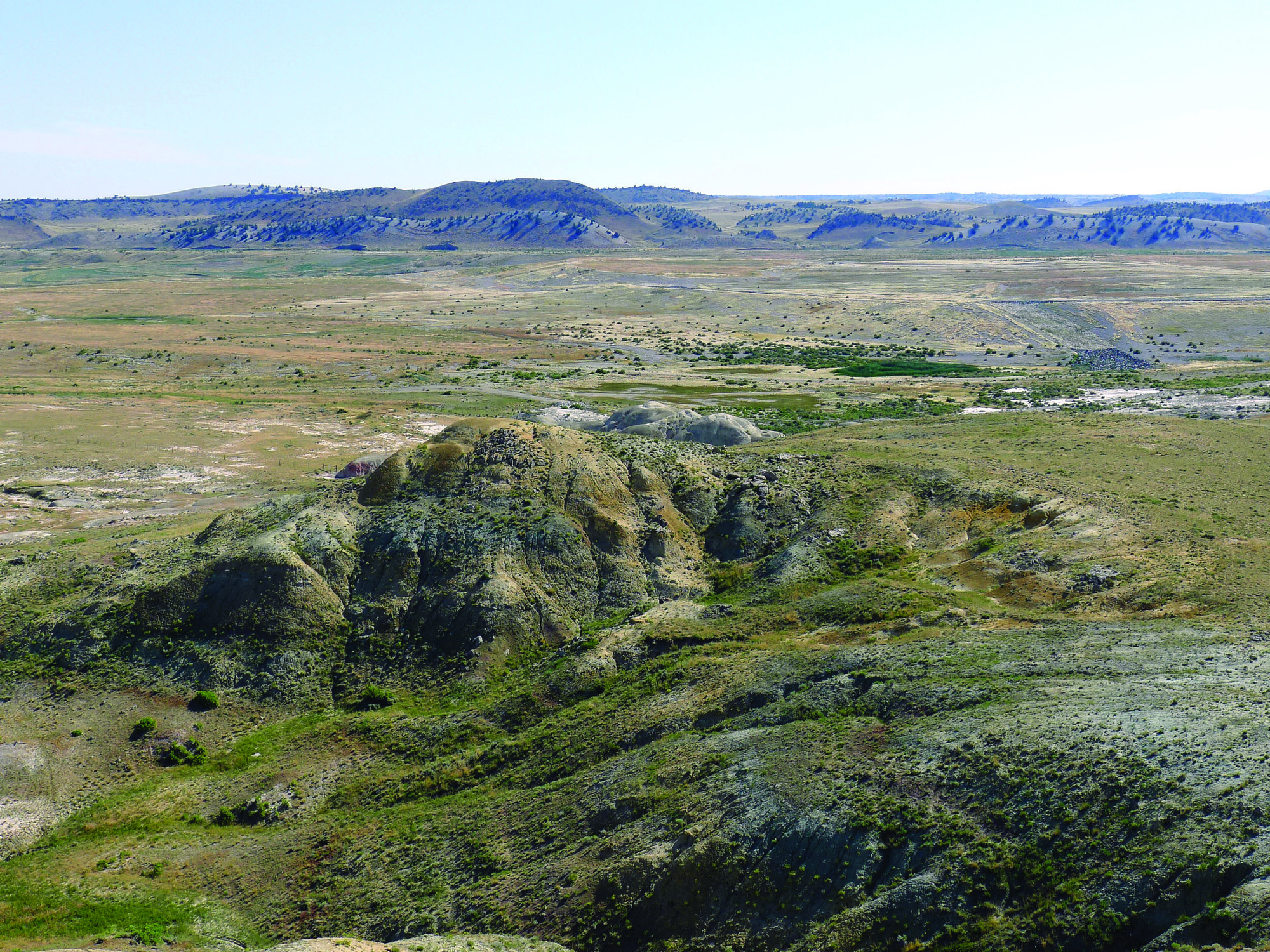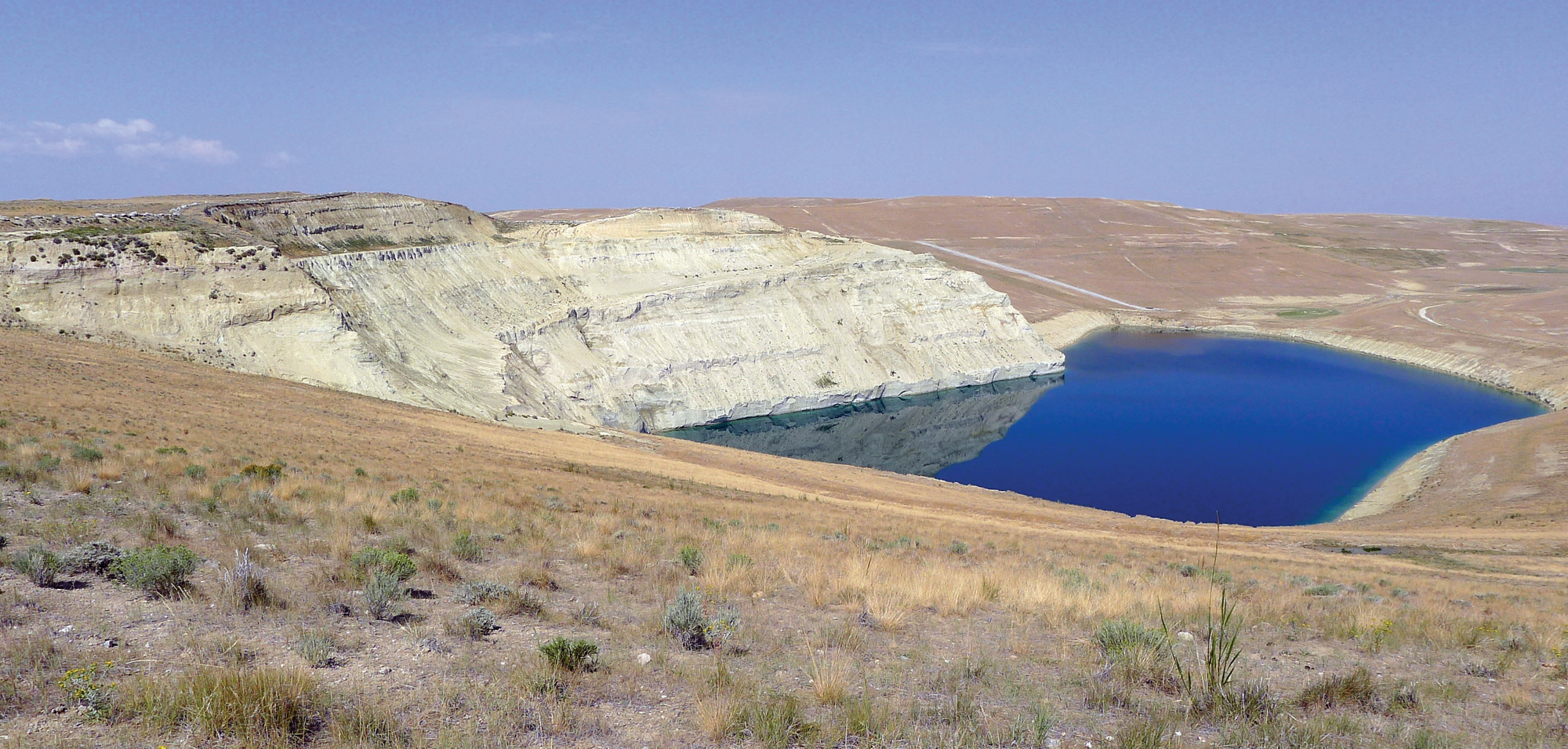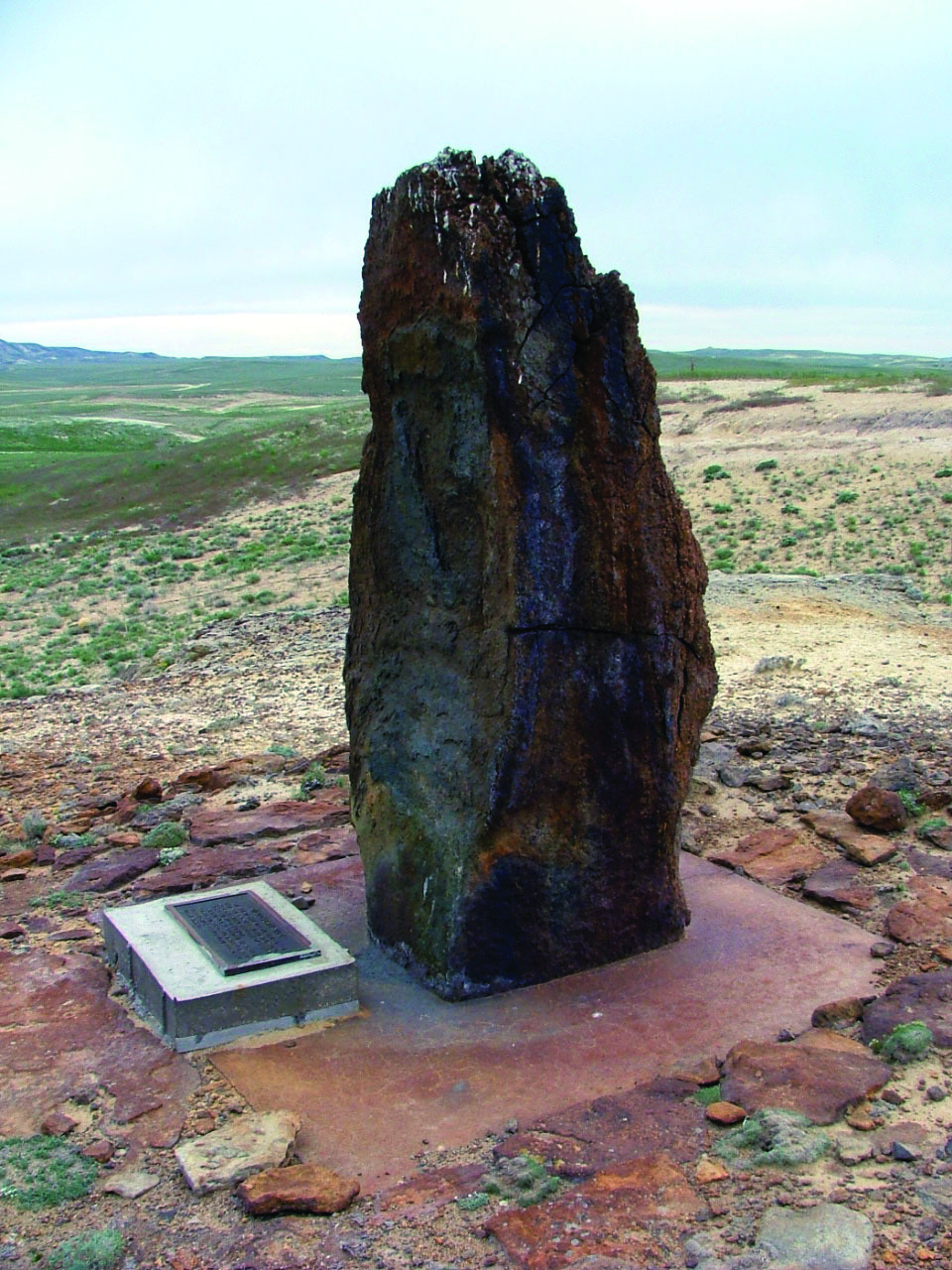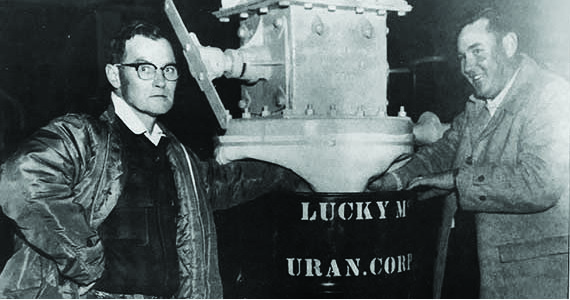NEWS RELEASE: WSGS Publishes Report About Gas Hills Uranium Mining District
Wyoming State Geological Survey sent this bulletin at 07/18/2019 09:06 AM MDT
DATE: July 18, 2019
******FOR IMMEDIATE RELEASE******
Media Contact:
Christina George
(307) 766-2286 x231
christina.george@wyo.gov
New WSGS Report Focuses on Geology and History of Wyoming's Top-Producing Uranium Mining District
The state of Wyoming produces the most uranium and hosts the largest-known uranium reserves in the United States. This highly valued energy resource plays a significant role in the state’s history and economy, and is the focus of a new Wyoming State Geological Survey (WSGS) publication.
Public Information Circular 47—Uranium Geology and Resources of the Gas Hills District, Wind River Basin, Central Wyoming—focuses on Wyoming’s all-time most-productive uranium district. The Gas Hills district, located in central Wyoming, south of the city of Riverton, has significant unmined uranium reserves.
Uranium is a heavy metal used as a strategic military commodity and for nuclear power generation. It is also a critical mineral important to the U.S. economy. About 43 percent of the country’s 2018 uranium production was from Wyoming mines.
“Approximately 20 percent of electricity in the United States is generated by nuclear power plants, and more than 90 percent of the uranium used in those plants is sourced from outside the United States,” says Dr. Erin Campbell, director of the WSGS. “Although the federal government recently elected not to require increased contribution from domestic uranium, there is still a directive to identify and encourage uranium production in the United States. Wyoming’s uranium reserves will continue to comprise a significant portion of the United States' uranium portfolio.”
The Gas Hills district was discovered in the 1950s as part of a nationwide search spurred by World War II. Mining in the district—as well as elsewhere in Wyoming—occurred over the subsequent decades, but operations ceased in the 1980s due to declining prices. According to author and WSGS geologist, Robert Gregory, significant uranium reserves remain in the district.
“In addition to the more than 111 million pounds of yellowcake produced since the 1950s, the Gas Hills uranium district could produce upwards of 50 million pounds of additional uranium concentrate, given more favorable market conditions,” says Gregory.
The new WSGS publication addresses geologic factors associated with uranium source rocks, mobilization, mineral precipitation, discovery, mining history, and future uranium-mining potential of the Gas Hills district. Nearly all of the district’s uranium production and reserves are associated with roll-front deposits in the Wind River Formation. Roll-front deposits are mineral concentrations formed at the boundary between differing physical-chemical conditions, resulting in the accumulation of uranium minerals on one side of that boundary.
The new report is available as a free download on the WSGS website.

Caption: Subtle outcrops of the lower fine-grained member of the early Eocene Wind River Formation near Sarcophagus Butte. View is looking northeast toward the Gas Hills hogbacks. WSGS photo.

Caption: Upper part of the Puddle Springs Arkose Member of the Wind River Formation in the high wall of a reclaimed open pit toward the southern end of the Lucky Mc ore deposit trend. WSGS photo.

Caption: A large pillar of oxidized uranium ore at the site of the McNeice discovery in September 1953. WSGS photo.

Caption: Niel McNeice, left, and L.A. Morfeld stand next to the first barrel of yellowcake produced at the Lucky Mc mill, the first built in the district. Photo by Bob Peck, 1958, courtesy of the Riverton Ranger newspaper.

